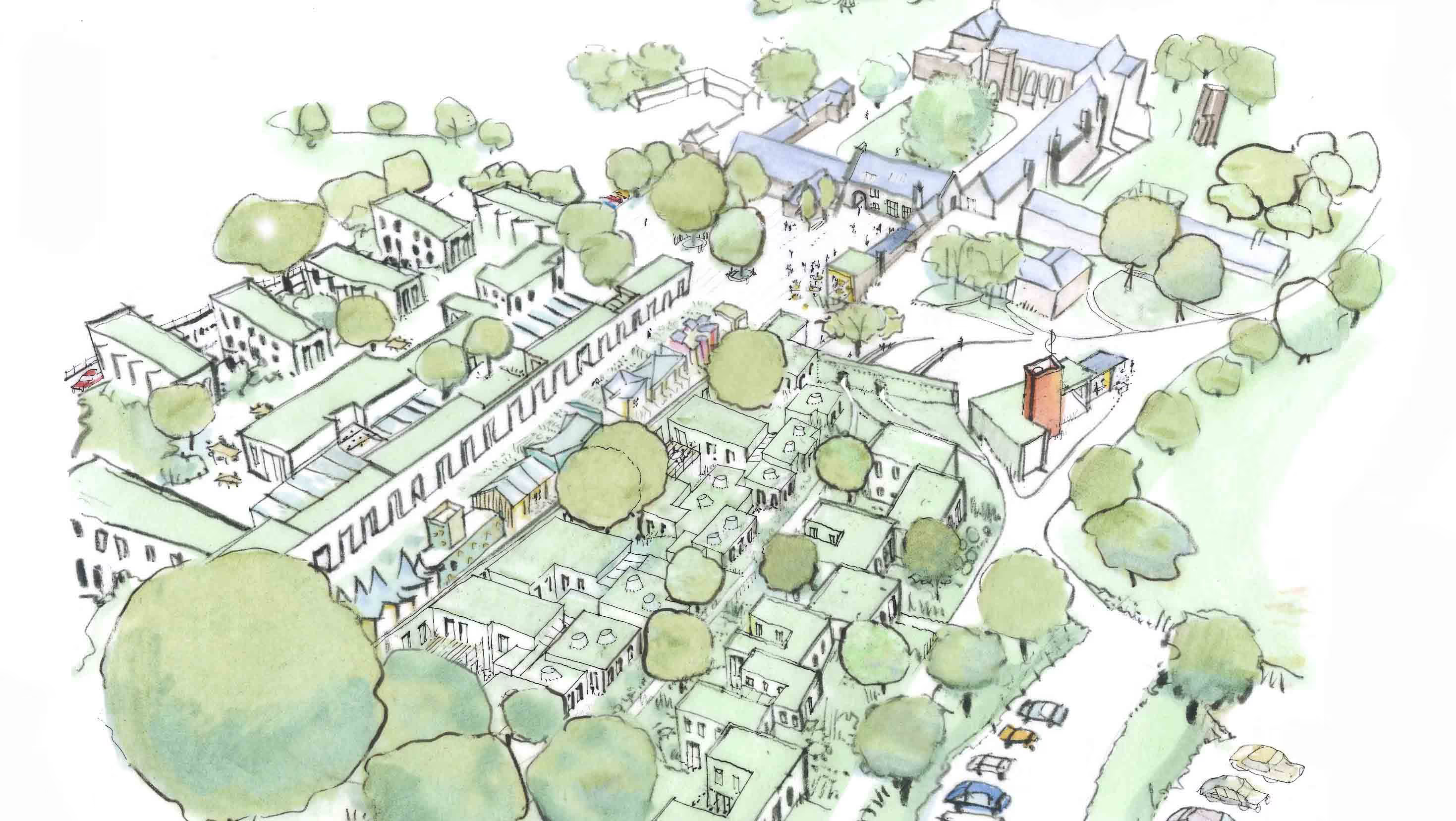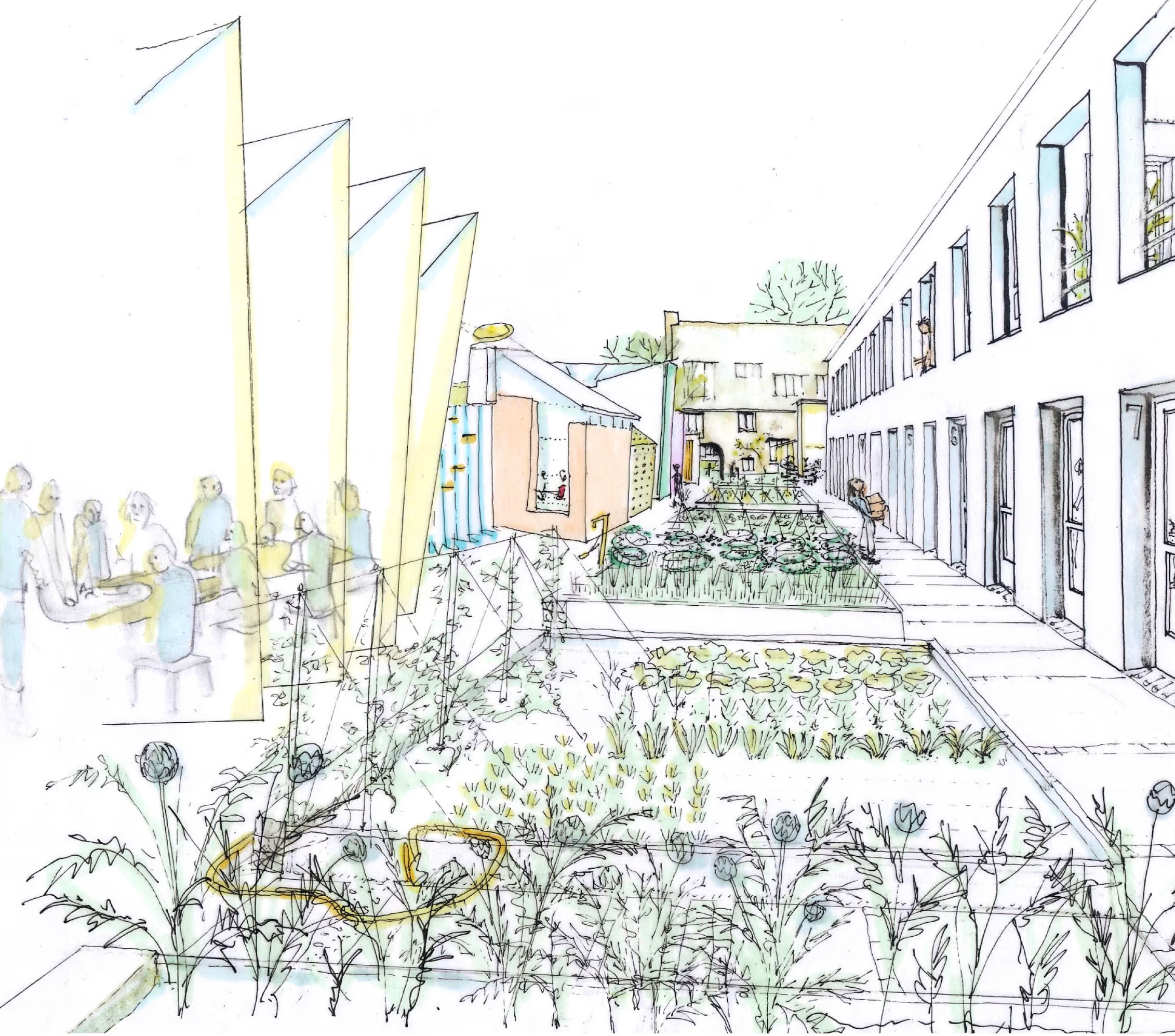
Dartington
Dartington Hall is a 12th century Grade 1 listed hilltop manor house in Devon. It lies in the centre of the Dartington Estate bounded by a loop of the River Dart. Since the 1920s it has been the centre of a series of radical experiments in agriculture, rural industries, forestry, social justice, education, art, music and architecture.
The Elmhirsts, Dorothy a wealthy heiress from Chicago, and Leonard, an Englishman inspired by Rabindranath Tagore in Bengal, were what would be called now social entrepreneurs and cultural innovators. They purchased the estate in 1925 and restored Dartington Hall. They also founded schools and an art college, built workers’ housing, brought battery hens and artificial insemination to British agriculture, created one of the 20th century's most beautiful gardens, provided a haven for refugees from Nazi Europe, founded an international music festival and built a number of seminal, Bauhaus-inspired buildings around the estate. Rudolph von Laban danced there, Benjamin Britten conducted, Walter Gropius converted a barn into a cinema.
Over time, particularly after the death of the Elmhirsts, things changed. The schools closed. Schumacher College, running courses on sustainability, opened and the art college moved to Falmouth. Dartington needed to reinvent itself, and Ash Sakula were commissioned to produce a masterplanning framework for the future of the central Dartington campus.
Dartington’s intention was to open an Arts Park, alternatively called an Ideas Laboratory, a rural counterpart to the science parks located on college and university campuses elsewhere. Our carefully phased masterplan made a number of decisive moves. A new enfilade stretched across the hillside from Dartington’s main archway entrance, occupying the site of a car park. It comprised two massive rammed earth walls behind which sheltered new and existing buildings housing co-working studios. Between the walls were gardens and a row of meeting pavilions which we called sitooteries, to be constructed incrementally as the fruits of an annual open architectural competition.
Between the new campus and the old courtyard we located a Welcome Centre, the first point-of-call for visitors, with a new square running down the hillside below it. New car parks were situated up the hill, and traffic diverted to the edge of the campus.
Working closely with Schumacher College, the campus was to be carbon neutral using earth-source heat pumps, and built from materials to be found on the estate, with an aspiration for the campus’s ecological footprint to sit entirely within the estate boundary.


